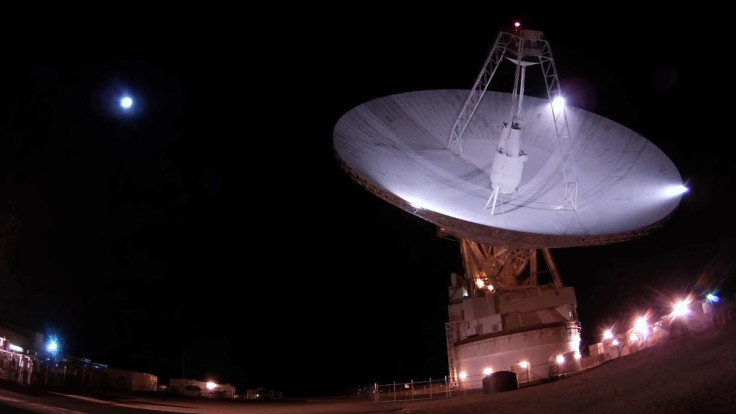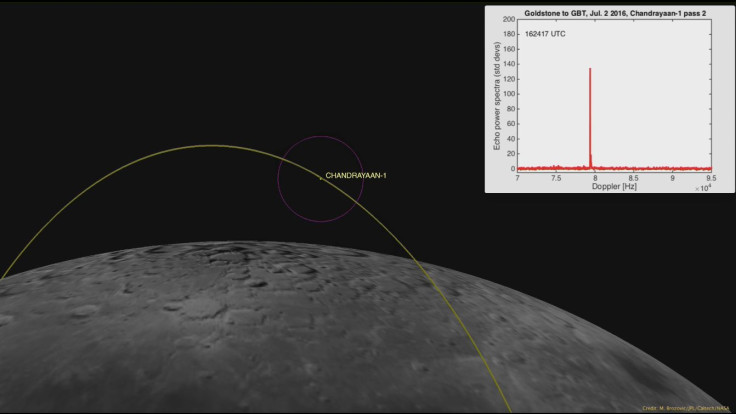Space Debris: NASA Radar Technique Can Spot Derelict Spacecraft Orbiting The Moon

While the achievement of space travel and exploration has been one of the biggest collective successes of the human species, it hasn’t come without its share of problems. One of them is the accumulation of space debris, made up of defunct and derelict satellites (or parts of them, both large and small).
Most of this space junk is in orbit around Earth, forming as numerous satellites launched in orbit around Earth became inoperative. But the problem also extends to our closest celestial neighbor, the moon. Some of the many missions sent to the moon were placed in lunar orbits, and the bright glare from the surface of the moon made it a challenge for optical telescopes to spot them, making it a potential hazard for future lunar missions. But a new radar technique developed by NASA may change that.
Read: Japanese Space Debris Collector Fails To Deploy Junk Fishing Net
Using large radar antennas, scientists from NASA’s Jet Propulsion Laboratory in Pasadena, California, successfully tracked two spacecraft orbiting the moon — NASA’s Lunar Reconnaissance Orbiter (LRO), which is still active and Indian Space Research Organisation’s Chandrayaan-1 which was last contacted in 2009, and considered lost.
Tracking an active spacecraft is simpler because its handlers have a precise idea of where it is at any given time. But derelict spacecraft, especially one as small as Chandrayaan-1 (it is a cube about five feet on each side), are far more difficult to find, which makes this JPL technique even more significant.
“Finding LRO was relatively easy, as we were working with the mission’s navigators and had precise orbit data where it was located. Finding India’s Chandrayaan-1 required a bit more detective work because the last contact with the spacecraft was in August of 2009,” Marina Brozović, a radar scientist at JPL and principal investigator for the test project, said in a statement.

Beginning on July 2, the JPL team sent a powerful beam of microwaves directed toward the moon using the 70-meter (230-foot) antenna at NASA's Goldstone Deep Space Communications Complex in California, and the radar echoes bounced back from lunar orbit were received by the 100-meter (330-foot) Green Bank Telescope in West Virginia. The test was conducted a total of eight times over three months.
The first test, based on the knowledge that Chandrayaan-1 was in a polar orbit around the moon, revealed a radar signature similar to that of a small spacecraft, and the time gap between the two detections in the four hours of observation was similar to how long Chandrayaan-1 was expected to take for one complete orbit.
Results from the first test were used to predict the precise orbital trajectory for the satellite, and the following seven tests proved them to be accurate. Some of the follow-up observations were made using the Arecibo Observatory in Puerto Rico, which has the most powerful astronomical radar system on Earth.
Read: New Video Shows Space Debris In Orbit Around Earth
Ryan Park, the manager of JPL’s Solar System Dynamics group, who delivered the new orbit back to the radar team, said in the statement: “It turns out that we needed to shift the location of Chandrayaan-1 by about 180 degrees, or half a cycle from the old orbital estimates from 2009. But otherwise, Chandrayaan-1’s orbit still had the shape and alignment that we expected.”
© Copyright IBTimes 2024. All rights reserved.





















